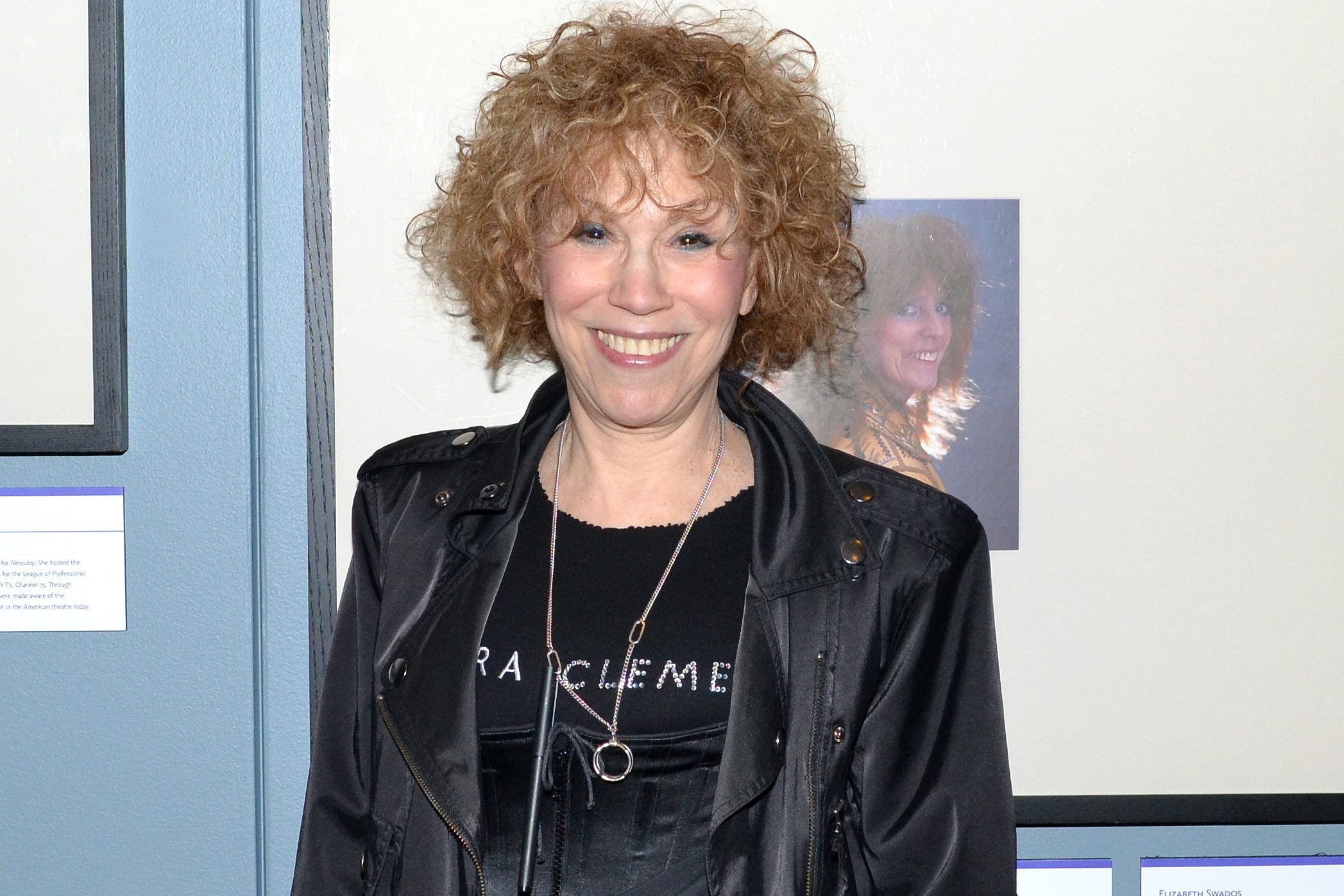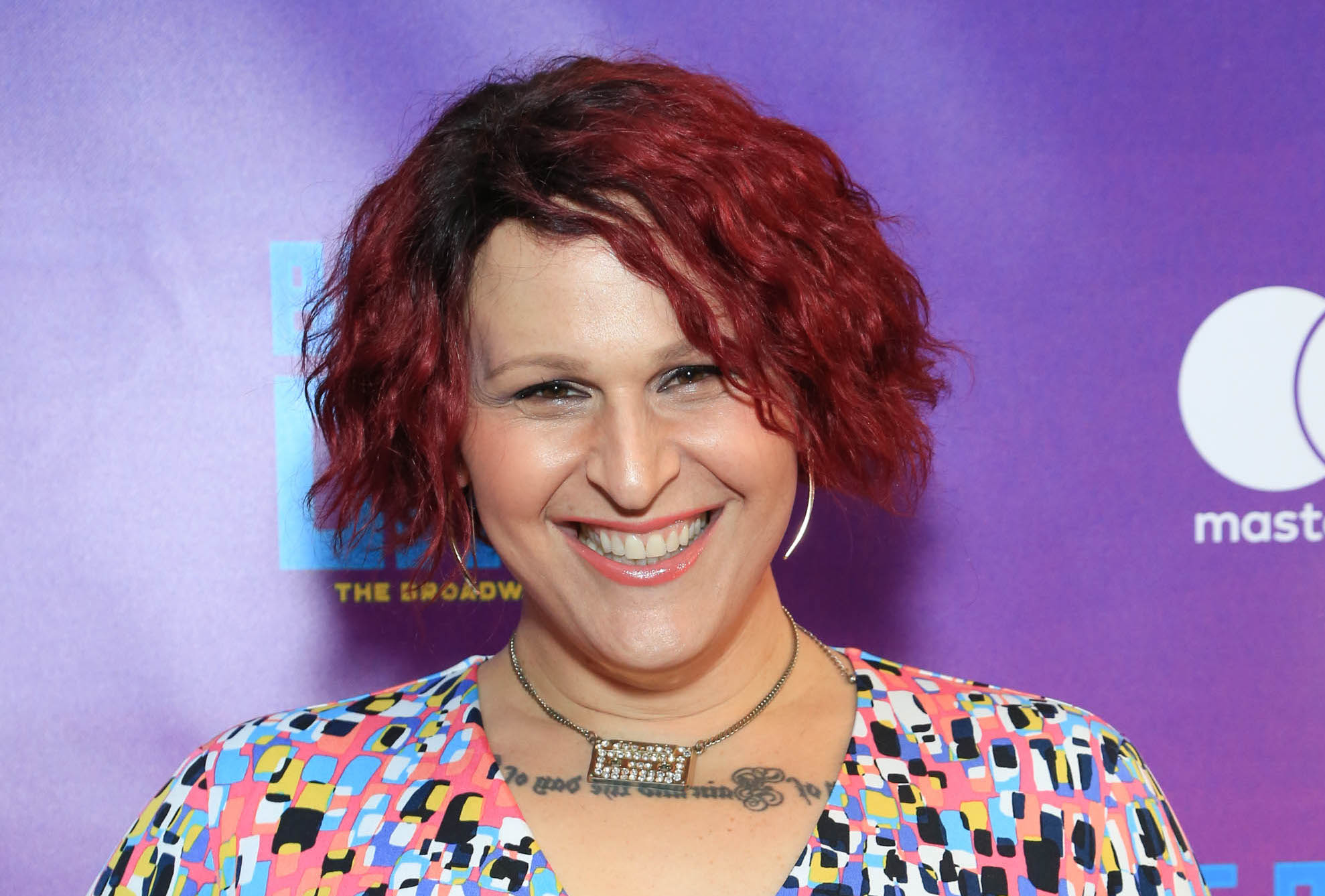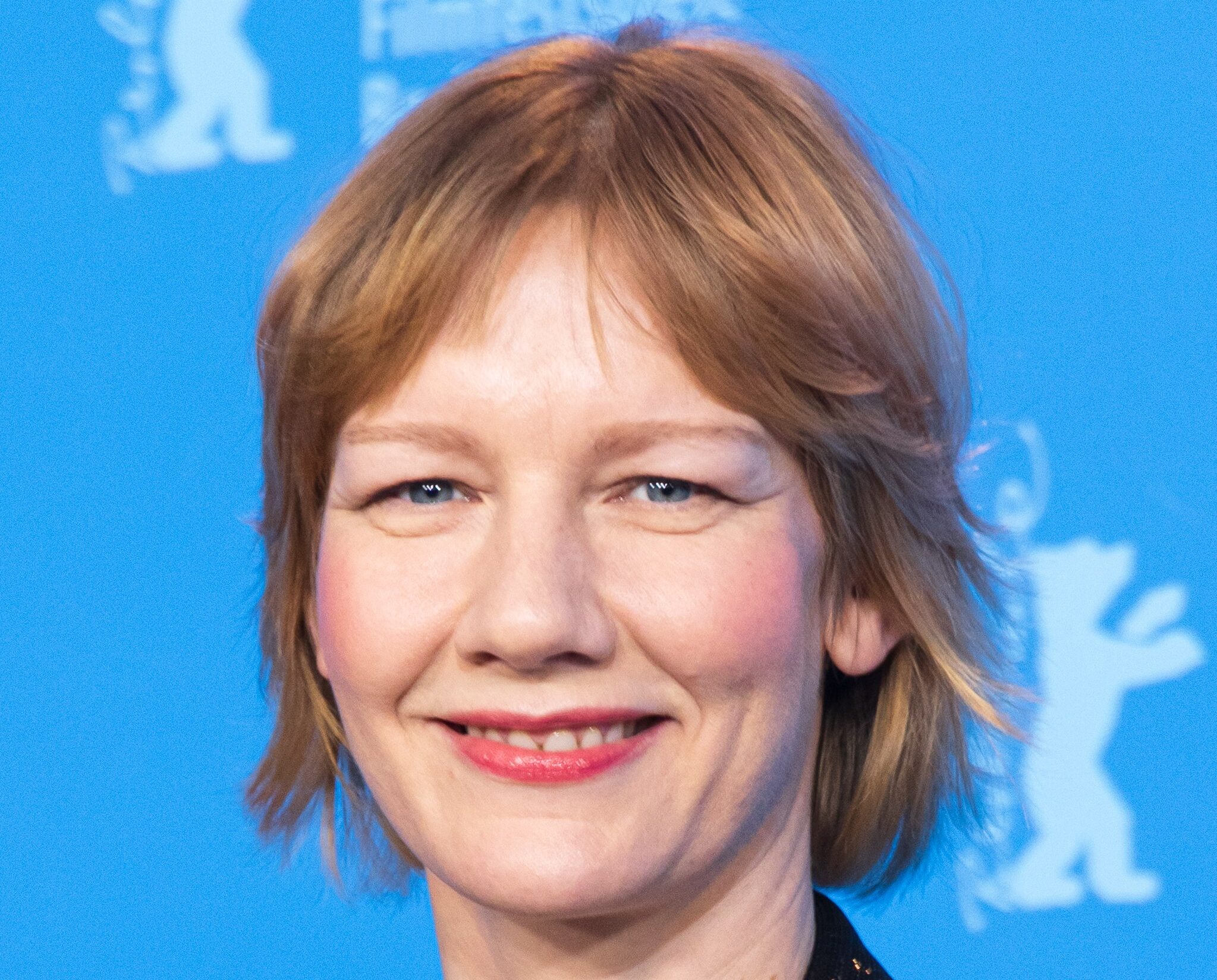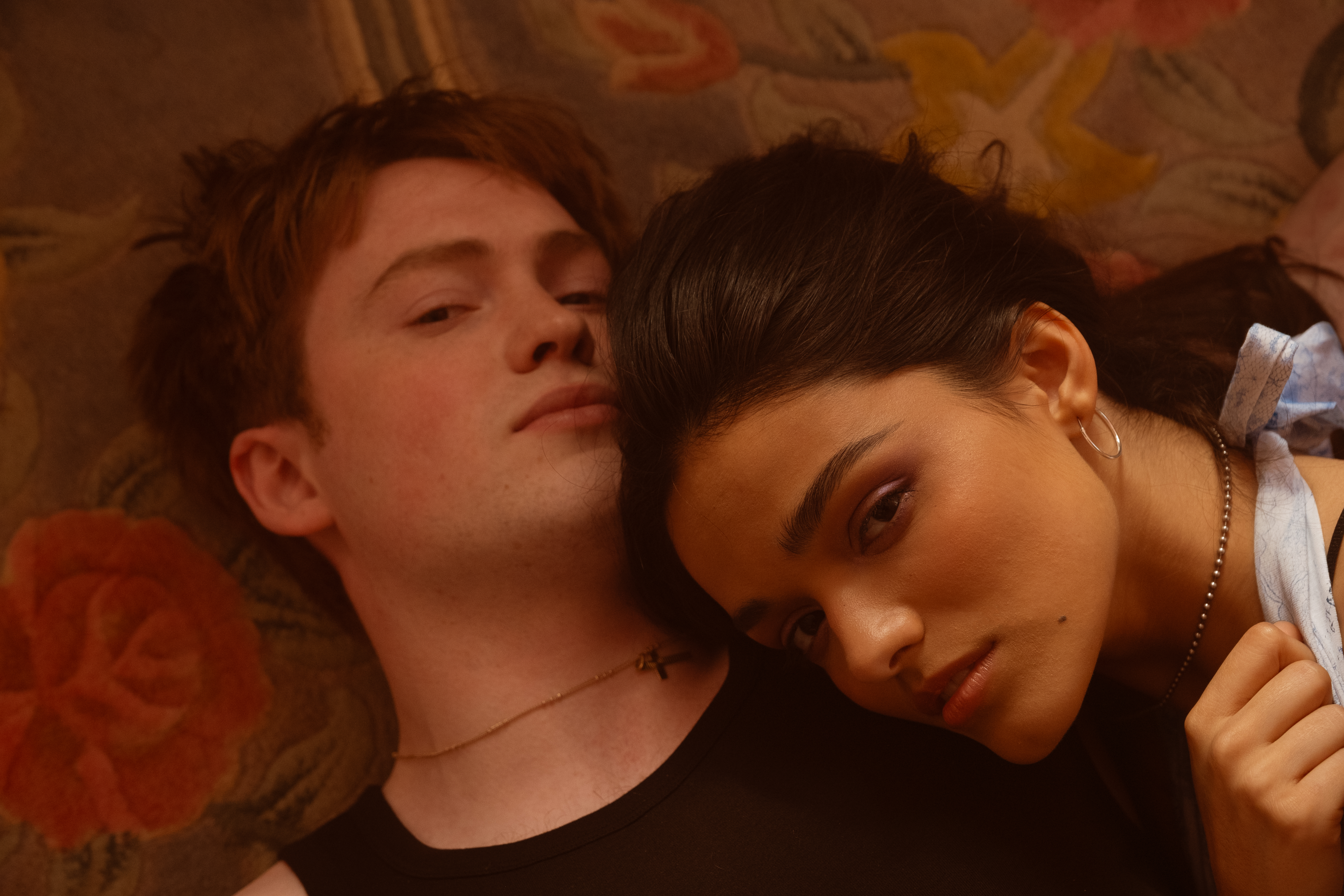All About Julie

Richard Stirling’s new tome Julie Andrews: An Intimate Biography, published in the U.K. by Portrait, starts out with a rather clunky introduction. The author gives us a few paragraphs about Andrews undergoing throat surgery in 1997, shifts to some general comments about the star, then goes back to the surgery and its immediate aftermath — i.e., the loss of her singing voice. But, beginning with Chapter One, he offers a very well written, meticulously researched, gripping account of Andrews’ extraordinary life and career.
The book’s biggest revelation will probably be of more interest to Brits than to the star’s fans in other countries: Her maternal grandfather, Arthur Morris, was a local hero in his day for traveling around South Yorkshire and reciting his poems about the plight of the coal miners. Later, he joined the army but went AWOL, spent some time in jail, contracted syphilis, fell into alcoholism, and died at age 42. Though all of this was discovered in 1976, it received no publicity at the time — and Andrews, who apparently knew little about Morris, didn’t hear of it until 2003.
Whatever spots on her lineage may exist, Andrews became an adored star of the first rank. Her career kicked off when she joined her mother and stepfather’s vaudeville act in the mid-1940s, displaying her almost freakish, four-octave vocal range in the “Polonaise” from Mignon and other chestnuts from the soprano repertoire. Young Julie went on to achieve popularity in revues and pantos — she met Tony Walton, whom she would later marry, while appearing in the title role of Humpty Dumpty — and on the radio. She also appeared in the West End in an American play called Mountain Fire, set in the Ozarks. (Her verdict: “It was an absolute disaster. The story was all about Sodom and Gomorrah and bootleg whiskey and Lot’s wife turning into a pillar of salt. I can’t tell you what went on. You’ve never heard a worse accent than mine.”)
Stirling does a superb job of detailing his subject’s rise to major stardom, which began in earnest when she was cast as the ingénue in the 1954 Broadway production of the British musical The Boy Friend, written by Sandy Wilson. He recounts Rex Harrison’s beastly behavior during rehearsals for My Fair Lady, and he vividly re-tells the oft-told story of director Moss Hart “pasting the part” of Eliza Doolittle onto a struggling Andrews during a “weekend of terror” that the two spent in the rehearsal space at the New Amsterdam Theatre.
Needless to say, it worked: Fair Lady was a sensation at its first performance in New Haven and when it opened on Broadway on March 15, 1956. Several years later, of course, there was much controversy when the star was passed over for the film version of the musical in favor of Audrey Hepburn, whose singing was dubbed by Marni Nixon. (Stirling writes that “there exists, somewhere in the United States, a cine-film of Julie as Eliza, made for the perusal of her understudy, Lola Fisher. Those few who have seen it claim to be astonished by Julie’s brilliance.” Omigod!)
Equally vivid are Stirling’s chapters devoted to Andrews’ TV triumph in Rodgers and Hammerstein’s Cinderella; her return to Broadway as Guenevere in Camelot; and her phenomenal rise to the highest echelons of Hollywood stardom in Mary Poppins, The Sound of Music, Thoroughly Modern Millie, and other films. There was a time in the mid-’60s when Julie Andrews was arguably the most famous, most beloved star in the world, and Stirling captures the thrill of that heady period.
The book is full of information that may not be known even to some of Andrews’ staunchest fans. For example, were you aware that she was offered the lead in the film version of The Prime of Miss Jean Brodie before it went to Maggie Smith? Did you know that she has been very close friends with Mike Nichols for decades? (The two were slated to work together on a film version of Peter Shaffer’s play The Public Eye, in which the self-same Maggie Smith had starred on stage, but that project never came to be.) And how’s this for a fascinating tidbit: Just a few years before John Kander, Fred Ebb, and Joe Masteroff wrote Cabaret, Sandy Wilson had an idea for a musical based on Christopher Isherwood’s Berlin Diaries, and he wanted Andrews to play Sally Bowles!
Stirling has interviewed Dame Julie several times over the years and was the curator of a 70th-birthday retrospective of her films at the National Film Theatre in London. But this biography is not authorized, which may partly account for the fact that Stirling is very frank in assessing Andrews’ flops (Star!, Darling Lili, etc.) and disappointments (her 1970s TV variety series, the stage version of her blockbuster film Victor/Victoria) as well as her hits. The same can generally be said of his coverage of her personal life, including the breakup of her marriage to Walton and its effect on their daughter Emma, with whom Anderws would later collaborate on a series of children’s books; yet there is only the briefest mention of the rumors of homosexuality (or bisexuality) that have been attached to both Andrews and her second husband, Blake Edwards.
Little matter. Unlike many other stars, Julie Andrews is far more interesting for her brilliant performances on stage, film, television, and recordings than for what she does or doesn’t do in private. Stirling notes that the star’s responses to interviewers’ questions have often seemed pre-programmed, and that several people who’ve known and worked with her for decades have said that they never really felt they got to know her; so this excellent work is probably as “intimate” as any biography of Julie Andrews we can ever hope to read. It can be ordered through www.piatkus.co.uk or through www.amazon.co.uk.










